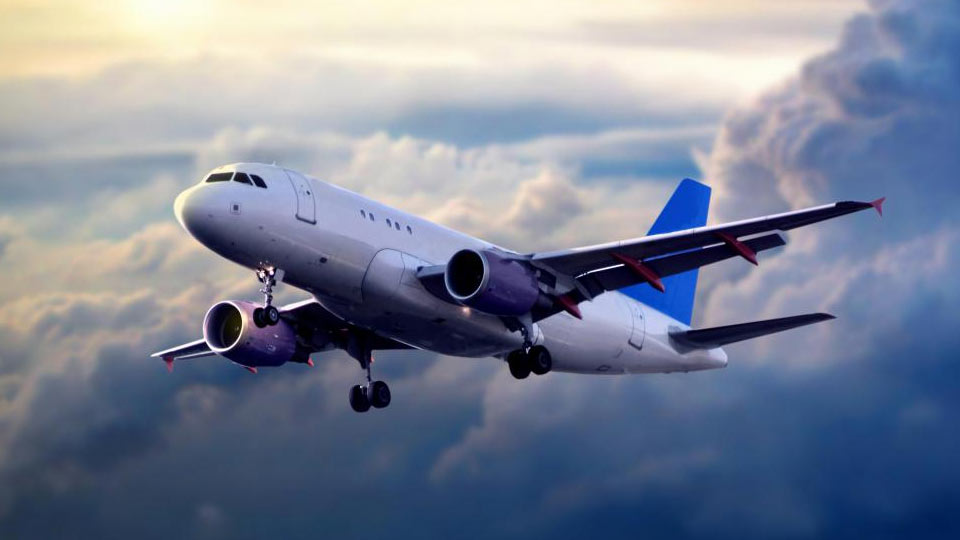Air Transport
Air transport is one of the most fundamental and advanced methods of transportation in today’s world, playing a crucial role in the swift and safe movement of goods and passengers. This article explores the air transport process, its types and features, as well as the opportunities and challenges in domestic and international markets.
Air Transport Process
The air transport process involves several key stages as follows:
- Booking and Planning:
– Ticket and Cargo Booking: Passengers and companies book their tickets and plan for the transport of goods.
– Flight Route Determination: Choosing the appropriate flight route and scheduling.
- Cargo and Passenger Check-in and Inspection:
– Cargo Check-in: Passengers and companies check in their cargo at the airport.
– Security Inspection: Security checks on cargo and passengers to ensure flight safety.
- Loading and Flight:
– Cargo Loading: Cargo is transferred into the aircraft and appropriately placed in various sections.
– Flight: The aircraft takes off from the airport and heads towards the final destination.
- **Unloading and Cargo Delivery:
– Cargo Unloading: Upon arrival, the cargo is unloaded from the aircraft.
– Cargo Delivery: The cargo is delivered to passengers and companies.
Types of Air Transport
Air transport can be broadly categorized into two main types:
- Passenger Transport:
– Commercial Flights: General flights operated by commercial airlines that transport passengers between various destinations.
– Charter Flights: Exclusive flights rented privately or for a group to a specific destination.
- Cargo Transport:
– Cargo Flights: Transportation of goods and cargo using cargo aircraft specially designed for cargo transportation.
– Combined Flights: Flights that simultaneously transport both passengers and cargo.
Features of Air Transport
Air transport has unique features that distinguish it from other modes of transportation:
– High Speed: Air transport is one of the fastest methods for moving goods and passengers, allowing rapid transfer to distant destinations.
– Safety and Security: High standards of safety and security in air transport make it one of the safest transportation methods.
– Global Accessibility: Air transport provides access to various parts of the world, making it ideal for international movement.
Opportunities and Challenges in the Air Transport Market
Opportunities
– Market Expansion: Increasing demand for air transport in emerging and developing markets creates new growth and development opportunities for the air transport industry.
– Technological Advancement: Technological advancements in the aviation industry, including improved fuel efficiency and reduced operational costs, provide new opportunities for performance enhancement and cost reduction.
– Increase in International Trade: The rise in global trade and the movement of goods between countries boost the need for air transport, creating new opportunities for the aviation industry.
Challenges
– High Costs: High operational and maintenance costs of aircraft, including fuel, personnel, and repairs, present financial challenges for airlines.
– Regulations and Laws: Strict regulations and laws regarding safety and security pose challenges that airlines must comply with.
– Intense Competition: Intense competition among airlines and the need for constant innovation and improvement present serious challenges for survival and growth in this industry.
With its unique features such as speed, safety, and global accessibility, air transport is one of the most important and widely used transportation methods in the world. Despite financial and regulatory challenges, there are many opportunities for growth and development in this industry. By leveraging modern technologies and expanding markets, the air transport industry can become a key pillar in the global movement of good

